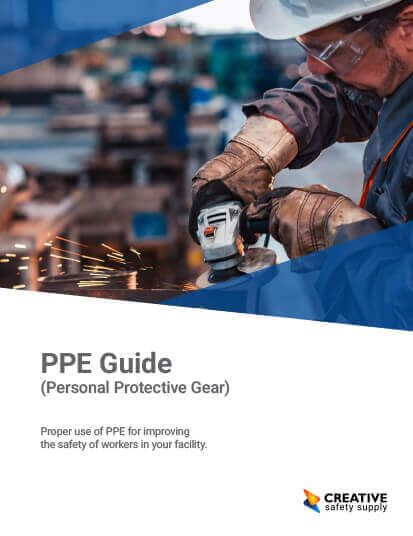
Biological hazards present a unique set of risks because they pose a threat to the health of a living organism, most often humans. Because there is a risk of potentially infectious materials (including but not limited to blood, body tissues, organs, and other bodily fluids), it is important to plan and be prepared for a biohazard spill.
In the case of a biological spill a biohazard spill kit will be necessary. These can also be more specific, such as blood borne pathogen spill kits. It can safely absorb nearly any type of bodily fluids quickly and sanitize the area. The kits usually include the following items:
- Biohazard sorbents: Special kind of sorbents that are made to absorb and secure biological materials. They can come in many shapes and sizes including thick pillows, large mats, and more.
- Neoprene gloves: Neoprene gloves will help ensure nothing gets onto your hands. Many kits will have gloves with longer sleeves to help keep all the biological materials off the wrist and arms.
- Sanitizing surface wipes: Once you’ve cleaned up all the visible biological materials you’ll want to sanitize all surfaces with these wipes. They are made to kill any bacteria or virus that could be left behind.
- Sanitizing hand wipes: While you should ideally shower as quickly as possible after cleaning up a biological spill, these wipes will sanitize your hands and arms until taking the chemical emergency shower.
- Protective lab coat or gown: It is important that a worker’s skin is fully protected from the biological hazard being cleaned up, and to ensure there are no areas for accidental absorption.
- Copy of biohazard spill response procedures: Like any other spill kit on-hand, a biological hazard spill kit should include a physical copy of response procedures as well as the proper procedure for disposal.
Similar Questions
- What are different types of spill kits?
- What does spill clean-up entail?
- What does a spill kit usually always include?
- What PPE is included in spill kits?
- Does OSHA have spill kit requirements?
- How many times can a spill kit be used?
- What does a universal spill kit contain?
- How do I choose the right spill kit for my facility?
- What are different absorbents used for spill clean-up?

